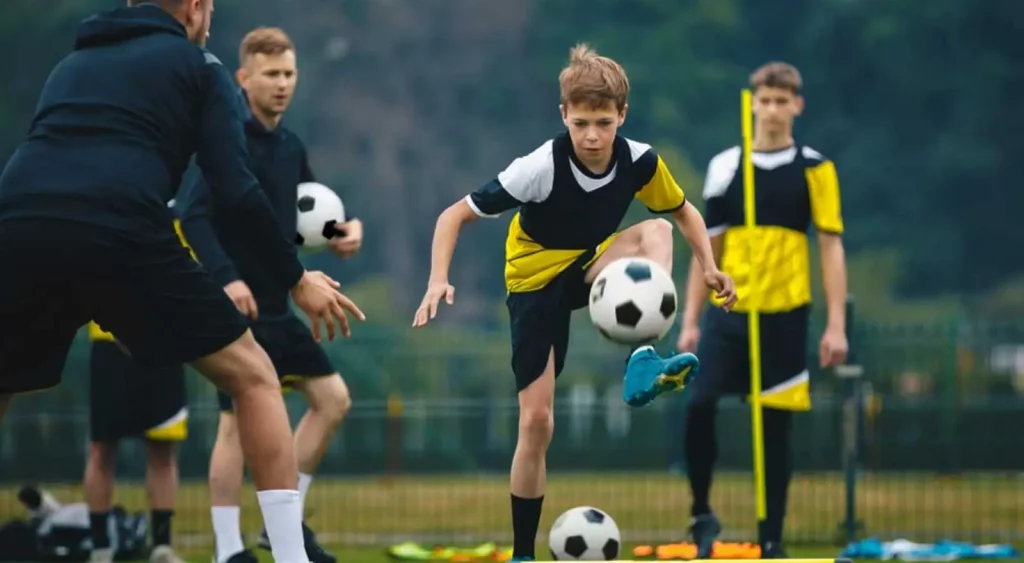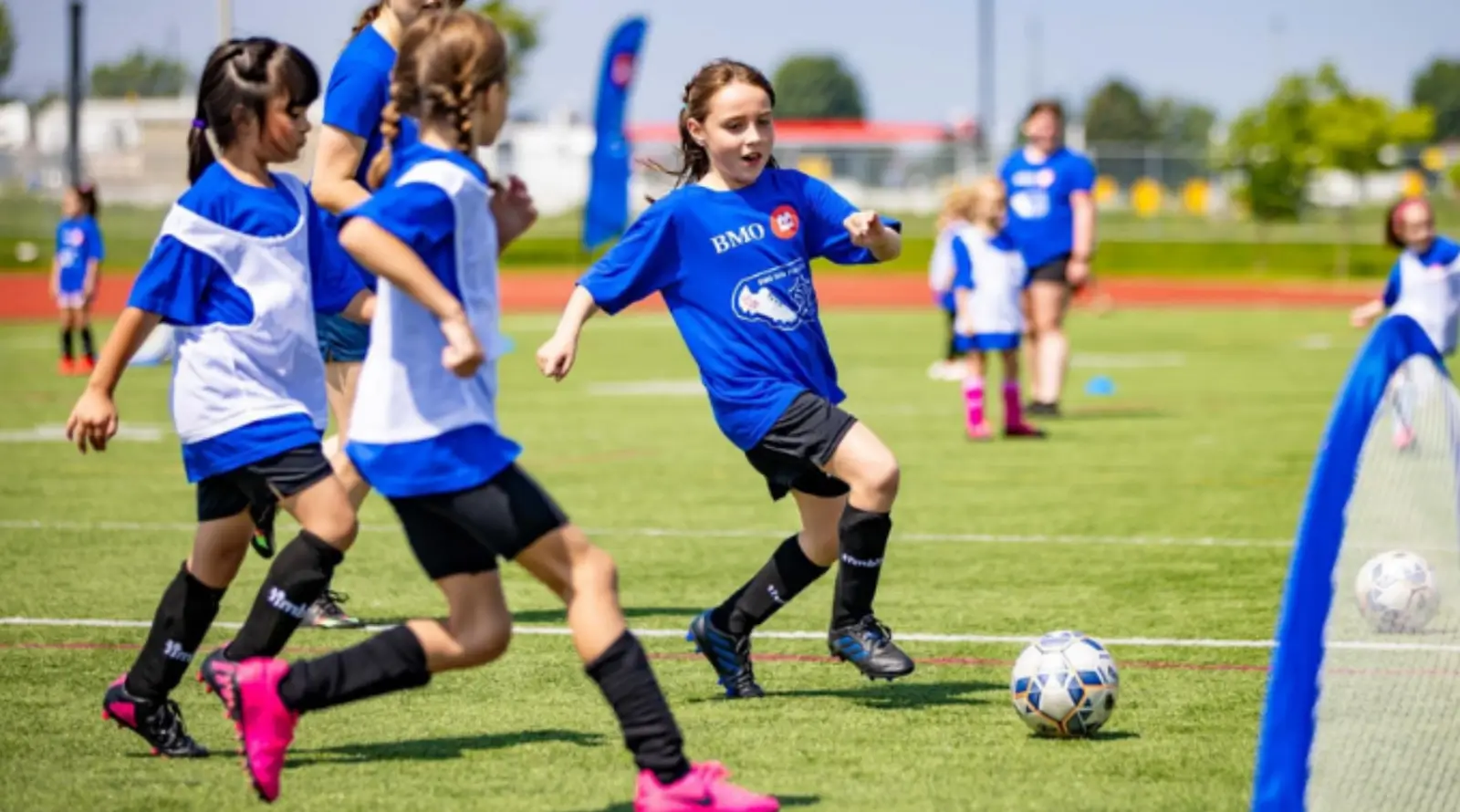A parent stands on the sidelines, arms crossed, watching their 7-year-old fumble a simple pass. The frustration is understandable. After weeks of soccer practice, shouldn’t that basic skill be second nature by now? But beneath the surface of every missed pass is a process that’s working exactly as it should—one built not on talent alone, but on repetition.
Skill mastery in youth soccer doesn’t hinge on flashy tricks or early signs of stardom. It’s built through structure, patience, and thousands of small, repeatable actions. For young players, especially those aged 4 to 12, progress looks a lot like play—but it’s guided by purposeful repetition that wires the brain, builds confidence, and forms the foundation for future success.
The Science Behind Repetition in Youth Training
Repetition forms the bedrock of motor skill development. Each time a young player practices a dribble, a pass, or a shot, they’re strengthening the neural pathways that control that action. Over time, this leads to the creation of muscle memory—movements that require less conscious thought and become automatic under pressure.

In children aged 4 to 12, the brain is uniquely responsive to this type of learning. During these formative years, the central nervous system is still developing, and repeated actions help encode movement patterns more efficiently. Repetition also plays a vital role in:
- Cognitive reinforcement: Repeating a skill helps children associate correct technique with real-time decisions.
- Emotional regulation: Familiar drills reduce anxiety and increase comfort in competitive situations.
- Long-term retention: Skills practiced regularly are less likely to deteriorate during breaks or off-seasons.
Repetitive training, when correctly tailored, sets the stage for quicker decision-making and greater confidence on the field.
Why One-Size-Fits-All Doesn’t Work
The developmental gap between a 4-year-old and a 12-year-old is vast. Not only are there physical differences, but cognitive and emotional capacities vary significantly. This makes a uniform training approach ineffective.
A 4-year-old benefits most from sessions focused on coordination, basic movement, and engaging tasks that build attention span. In contrast, a 12-year-old can handle tactical instruction, higher-intensity drills, and more complex scenarios involving decision-making.
Age-specific training ensures:
- Pacing aligns with attention spans.
- Coaching styles match developmental stages.
- Drills evolve with skill and maturity levels.
This is why weekly soccer training should never follow a generic model. Programs that adapt to each age group foster better learning and sustain enthusiasm as kids grow.
Fun + Fundamentals = Consistent Progress
Progress in youth soccer doesn’t mean rigid repetition—it means playful repetition. When skill drills are designed as games, children stay engaged and excited to return.
For instance:
- Dribbling relays for 5-year-olds enhance control while feeling like a race.
- Passing patterns for 10-year-olds incorporate movement, timing, and spatial awareness.
- Obstacle courses combine agility with footwork, wrapped in an element of adventure.
This approach ensures young players don’t just show up—they participate with energy and intention. The blend of fun and structure encourages consistent attendance and accelerates development.
Building Confidence Through Small Wins
Every successful touch, pass, or goal builds a layer of self-assurance. Repetition ensures these moments aren’t random—they’re predictable outcomes of practice.

When players see themselves improving through familiar drills, they develop trust in their abilities. These “small wins” are key to building:
- Resilience on the field: Mistakes are easier to recover from when past success is within recent memory.
- Team dynamics: Confident players contribute more effectively to group tasks and strategies.
- Social growth: Positive experiences on the pitch spill over into better peer relationships.
Confidence isn’t taught—it’s earned through consistent exposure to attainable challenges. Repetition ensures those challenges are just the right size.
What to Look for in a Quality Weekly Soccer Program
Not all programs are created equal. To truly support a child’s development, weekly soccer training should meet specific standards. Here’s what to look for:
- Age-specific coaching that understands developmental differences.
- A progressive curriculum that builds skills over time.
- Balance between play and practice to keep kids motivated.
- Qualified coaches who foster a positive, encouraging environment.
- A clear structure that focuses on both individual skills and teamwork.
For parents seeking such an environment, We Make Footballers’ weekly training ( https://www.wemakefootballers.com.au/weekly-training ) offers a proven model. Their age-tailored sessions prioritize repetition, fun, and growth—ensuring kids develop not just as athletes, but as confident, capable individuals.
Soccer excellence doesn’t start with tricks—it starts with touch. With structure, age-appropriate drills, and a focus on repetition, children can build lasting skills. Soccer is more than a game—it’s a journey that begins with the basics, repeated often, and taught right.






